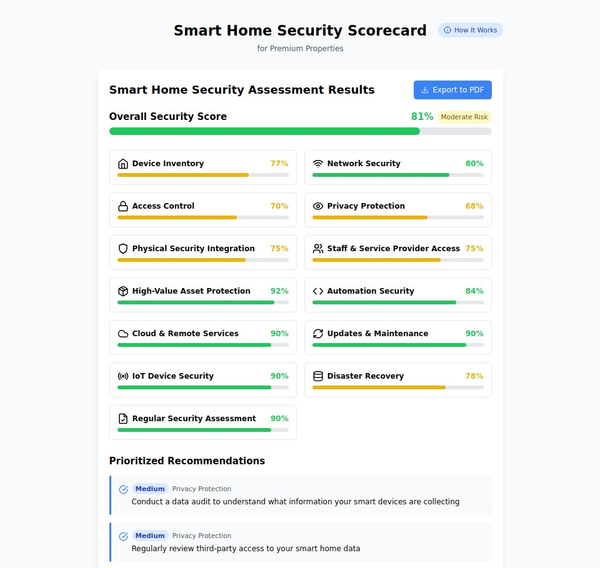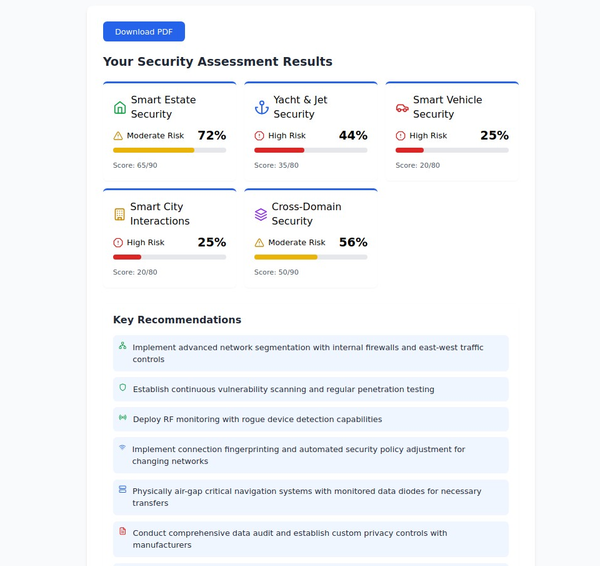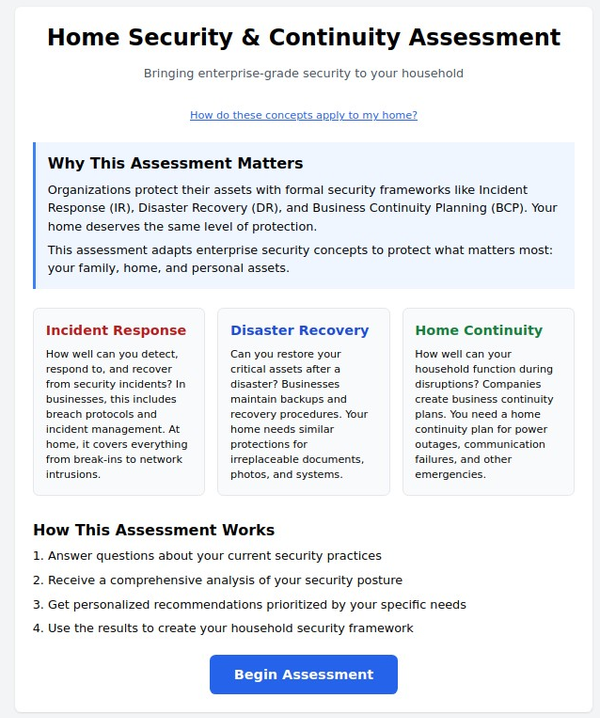Biometric Authentication in Home Security: Advancements and Benefits

Summary: This article explores the advancements and benefits of biometric authentication in home security. It discusses how biometric factors such as fingerprints, facial recognition, and iris scanning provide secure and convenient access control.
Introduction: Home security is a top priority for homeowners, and advancements in technology have introduced new and innovative methods to enhance security measures. Biometric authentication, which uses unique physical or behavioral traits for identification, has emerged as a powerful tool in the realm of home security. In this article, we will explore the advancements in biometric authentication for home security and the significant benefits it offers to homeowners.
Understanding Biometric Authentication:
Biometric authentication involves using individual characteristics, such as fingerprints, facial features, iris patterns, or voice recognition, to verify and authenticate a person's identity. Here's how it is transforming home security:
a. Uniqueness and Accuracy: Biometric traits are unique to each individual, making them highly accurate for identification purposes. This eliminates the risk of unauthorized access through stolen passwords or access cards.
b. Convenience and Efficiency: Biometric authentication eliminates the need for physical keys or remembering complex passwords. Users can authenticate themselves effortlessly, resulting in a more convenient and efficient access control process.
Advancements in Biometric Authentication:
Advancements in biometric technology have significantly improved its capabilities in the context of home security. Here are some key advancements:
a. Facial Recognition: Facial recognition algorithms have become more sophisticated, enabling accurate and fast identification even in varying lighting conditions or with facial expressions.
b. Fingerprint Scanners: Modern fingerprint scanners are more reliable and resistant to spoofing techniques. They offer faster recognition speeds and high accuracy in verifying fingerprints.
c. Voice Recognition: Voice recognition algorithms can analyze unique vocal patterns and characteristics, allowing for secure voice-based authentication in smart home systems.
d. Iris and Retina Scanning: Iris and retina scanning technologies have become more accessible and offer highly accurate and secure identification methods.
Benefits of Biometric Authentication in Home Security:
Biometric authentication brings numerous benefits to home security, making it a compelling choice for homeowners. Here are some notable advantages:
a. Enhanced Security: Biometric authentication provides a high level of security by leveraging unique biological traits that are difficult to replicate or falsify. This reduces the risk of unauthorized access and enhances overall home security.
b. Convenience and User Experience: Biometric authentication offers a seamless and user-friendly experience. Homeowners can effortlessly unlock doors, disarm alarm systems, and access secure areas with a simple scan or voice command.
c. Elimination of Physical Tokens: With biometric authentication, there is no need for physical keys, access cards, or PIN codes that can be lost, stolen, or shared. This eliminates the associated risks and simplifies access control.
d. Personalized Access Control: Biometric authentication allows for personalized access control, granting specific permissions to different individuals based on their authorized biometric data. This enables more granular control over who can access certain areas or devices within the home.
e. Audit Trail and Accountability: Biometric authentication systems can generate audit trails, providing a record of who accessed specific areas or devices. This enhances accountability and helps investigate any security incidents.
Considerations and Implementation:
Implementing biometric authentication in home security requires careful considerations. Here are some key factors to keep in mind:
a. System Reliability and False Acceptance Rate: Choose biometric authentication systems with low false acceptance rates (FAR) to minimize the risk of unauthorized access.
b. Data Privacy and Security: Ensure that biometric data is securely stored and protected against breaches or unauthorized use. Look for systems that encrypt biometric data to maintain privacy.
c. Integration with Existing Systems: Consider the compatibility and integration of biometric authentication systems with other components of your smart home ecosystem, such as door locks, alarms, or surveillance cameras.
d. User Enrollment and Management: Establish proper procedures for enrolling authorized users into the biometric system and managing their access privileges.
Conclusion: Biometric authentication represents a significant advancement in home security, providing enhanced security, convenience, and a personalized user experience. With advancements in facial recognition, fingerprint scanning, voice recognition, and iris scanning technologies, biometric authentication offers robust protection against unauthorized access. By adopting biometric authentication in your home security system, you can enjoy the benefits of heightened security, streamlined access control, and peace of mind knowing that your home is well-protected with cutting-edge technology.





